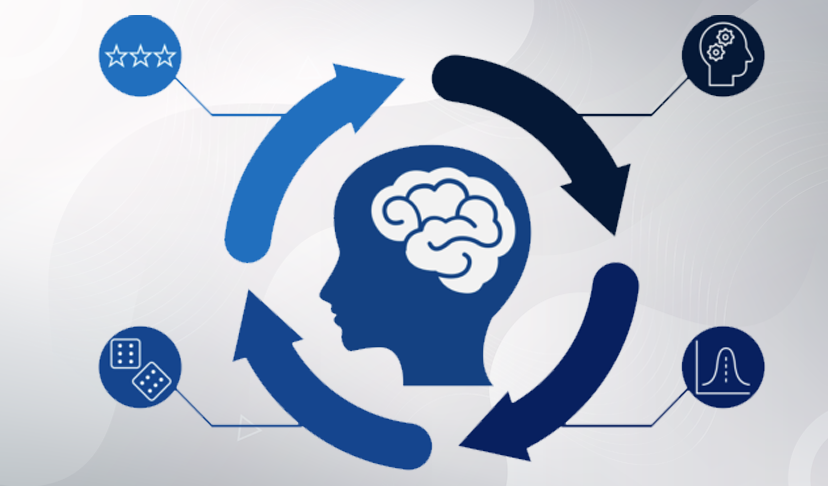Methods for Measuring Customer Satisfaction

In today’s hyper-competitive market landscape, understanding your customers’ perspectives and ensuring their satisfaction is paramount. Methods for measuring Customer Satisfaction not only it foster brand loyalty, but also drive growth and profitability. But how do you accurately gauge customer satisfaction? In this detailed guide, we’ll dive deep into methods and tools businesses can employ to tap into the pulse of their customers’ satisfaction levels.
Why is Measuring Customer Satisfaction Essential?
Before diving into the methods, it’s crucial to understand the importance of measuring customer satisfaction:
- Predictive Value: Satisfied customers are more likely to remain loyal, make repeat purchases, and recommend your products or services to others.
- Feedback Loop: Understanding satisfaction levels allows businesses to identify and rectify pain points in their products, services, or processes.
- Competitive Advantage: In markets saturated with similar products, offering a superior customer experience can set a brand apart.
- Financial Health: High customer satisfaction often correlates with increased revenue. Retaining customers is more cost-effective than acquiring new ones.
Methods for Measuring Customer Satisfaction
1. Customer Satisfaction Surveys (CSAT)
What is it? CSAT is a simple metric that asks customers to rate their satisfaction with your product, service, or experience, often on a scale from 1 to 5.
Pros: Easy to administer, understand, and can be deployed immediately post-interaction for real-time feedback.
Cons: It doesn’t provide in-depth insights. High scores might mask underlying issues if not complemented with open-ended questions.
2. Net Promoter Score (NPS)
What is it? NPS measures customer loyalty by asking, “On a scale of 0-10, how likely are you to recommend our product/service to others?” Respondents are grouped as promoters (9-10), passives (7-8), and detractors (0-6).
Pros: Effective in predicting business growth and easy to understand.
Cons: Like CSAT, it provides limited diagnostic information unless paired with additional questions.
3. Customer Effort Score (CES)
What is it? CES asks customers to rate the ease of their experience, like “On a scale from ‘very easy’ to ‘very difficult,’ how easy was it to interact with our service?”
Pros: Helps identify friction points in the customer journey. Lower effort often results in higher customer loyalty.
Cons: It’s focused solely on effort and might not capture the full breadth of the customer experience.
4. Sentiment Analysis
What is it? Using AI-powered tools, businesses analyze customer feedback (from reviews, social media, etc.) to determine the sentiment behind the words – positive, negative, or neutral.
Pros: Offers a more granulated understanding of customer opinions without them filling out a survey.
Cons: Requires advanced tools and might not always interpret nuanced sentiments accurately.
5. Social Media Monitoring
What is it? Keeping an eye on brand mentions and conversations on social platforms to gauge customers’ perceptions and feelings.
Pros: Provides unsolicited feedback and real-time insights.
Cons: It’s time-consuming and can be overwhelming without the right tools.
6. Feedback Forms & Comment Boxes
What is it? Offering customers a space, either digitally or physically, to provide comments, suggestions, or complaints.
Pros: Allows for detailed feedback directly from the customer.
Cons: Often low response rate unless incentivized.
7. User Testing & Focus Groups
What is it? Engaging a group of customers to test products/services and provide direct feedback.
Pros: Provides in-depth insights from a customer perspective and identifies usability issues.
Cons: Can be costly and time-consuming.
Turning Data Into Action
Merely collecting data isn’t enough. For customer satisfaction metrics to be truly impactful, businesses should:
- Regularly Review Data: Establish a consistent cadence for analyzing feedback.
- Engage Teams: Share feedback with relevant teams – from product to customer service – to drive improvements.
- Close the Loop: When actionable feedback is provided, let customers know when you make the suggested changes. It demonstrates that you value their feedback.
Conclusion
In today’s customer-centric era, understanding and enhancing customer satisfaction is the bedrock of sustainable growth. By leveraging a mix of the methods above and committing to continuous improvement based on feedback, businesses can foster stronger, lasting relationships with their customers.



